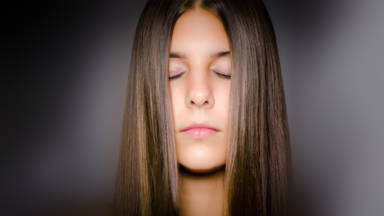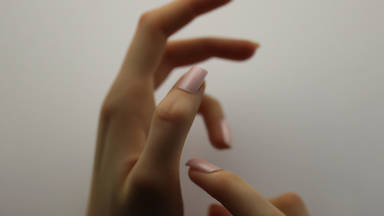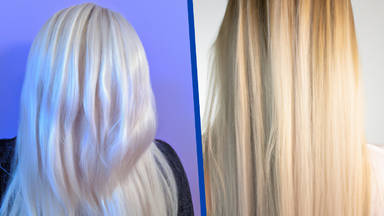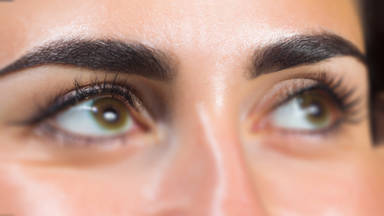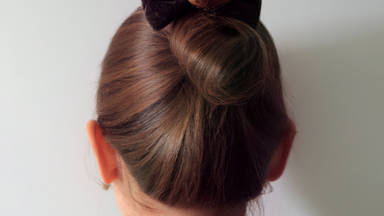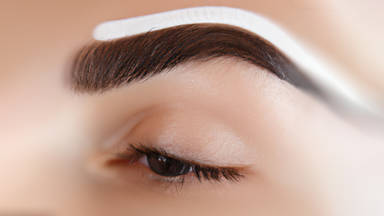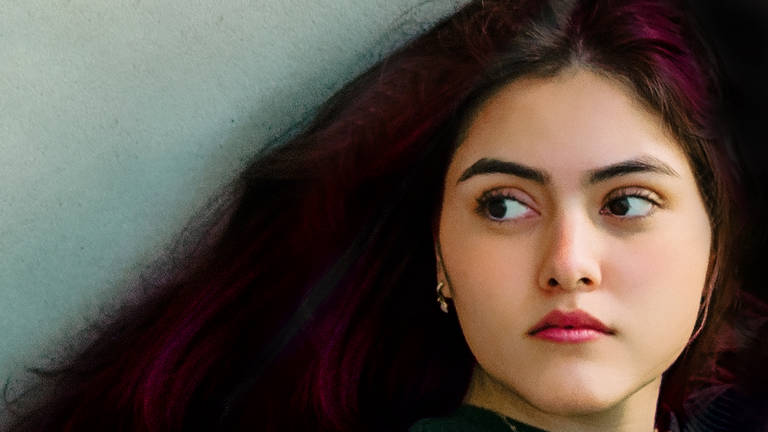
If your most recent hair color doesn't turn out as expected, or if you simply want a change, you may wonder if you can have your original hair color back. Among the most difficult-to-remove colors are Henna, and many other organic and plant-based colors. Our aim in this article is to introduce you to the theoretical concepts of removing black dye, and other hard colors from your hair. Hard colors include Henna, or other organic and plant-based colors, which are very hard to remove.
When you bleach your hair, you dissolve the melanin in the cortex with alkaline chemicals like hydrogen peroxide or ammonia. Usually, you can only strip the dye using products that dissolves the colors, namely, hair color removers. When You suspect that using bleaching products will damage your hair, the first thing you need to do is to lighten your hair with a hair dye remover to a whitish yellow color, and only then use bleach products, since it is much easier to achieve a platinum bleach from a whitish-yellow shade, rather than from a dark color. A whitish-yellow appearance results from the absence of melanin on the hair strands.
There is no way, however, to guarantee the person that a remover will work on something like platinum blond hair. You may not be able to reach the bleach level that you had in mind with a dye remover, because each hair is resistant to bleach to a varying degree.
There is no harm done to people's natural hair with removers since they don't contain ammonia. You can use a remover up to three times in one day without damaging the person's hair. Nevertheless, if the person wants lighter hair after using the remover, then bleaching material must be used.
Suppose you want to dye your hair brown without using any decoloring powders. You may not want to go for bleach and would rather use a simple dye instead. To accomplish this, you should use a dye remover product, and keep re-applying it until you achieve the level of lightness you need before you can dye the hair to your desired color.
Once the remover has been used as many times as you need, you must wash the hair four times with shampoo. Any residue of the removal material you have used will be removed from the hair by shampooing four times. If you do not fully rinse the hair and leave some residue material behind, you will not be able to dye that part of your hair.
Since the dye removing material contains certain chemical compounds, you should clean both the surface and deeper layers of your hair. Otherwise, regardless of how light the original dye is, you will always end up with dark hair dye no matter what type of color you apply. That is why you need to use a shampoo while rinsing the hair.
Once you have shampooed your hair, you will need to dye it a color that is compatible with the level of lightness of your hair. The only way to know what color to apply to the hair is to go through the previous steps; apply the remover and then shampoo the hair. That is why choosing a color after knowing the hair's lightness is essential.
You will have to choose one degree lighter dye than your hair level. For example, if your hair level is 6, you must use a dye at level 7, since even though the hair has been washed, there is still a possibility that the color can turn darker.
You can use the above mentioned method for a simple color change to another dark color, but in some cases the individual might want to go for a light color. In this case, you should decolor the hair first, in order to achieve the desired light color.
It is first necessary to use a dye remover to reduce the hair color, followed by rinsing it off and applying a decoloring powder. Due to the decoloring powder's many times greater power than a shampoo, you shouldn't need to use a shampoo while you wash your hair afterwards.
Whenever you are decoloring your hair, it is important to keep in mind that the hair will only tolerate the chemical material to a certain extent before it starts to corrode, so you should be careful not to let this happen. The hair should be washed before it reaches that stage.
Therefore, your usual strategy must be to decolor your hair as long as it can tolerate the process, rinse your hair when you feel like you've reached a breaking point, and then dye it when you have reached a certain level of bleach.
Due to the fact that the hair has already been decolored, you do not need to choose a lighter color at this point and can just dye it according to the level of bleach or lightness you have achieved.
Some people, however, may opt for highlights on their natural hair color. To accomplish that, you will need to use a highlighting cap, and apply a dye remover to the hair hanging out from the cap. Next, rinse the hair, decolor it, and apply the dye according to your bleach level. It is necessary to remove the removing material from the hair, then shampoo, rinse before you dye the hair as you normally would.
It is also possible to dye your hair by using foil wraps rather than only applying the material on your hair, though this is not as common as it once was. Similar to the first method, the dyeing process involves removing the previous dye from the hair and then dyeing it with the desired color. After that, you can either pull the hair out of the cap and decolor it or put it in foil layers and highlight it if the person prefers a cap.
However, if you wish to dye your hair and highlight it at the same time, you must first apply a hair dye remover, and when the dye removing process is complete, you wrap the hair layers in foil layers before applying the dye.
